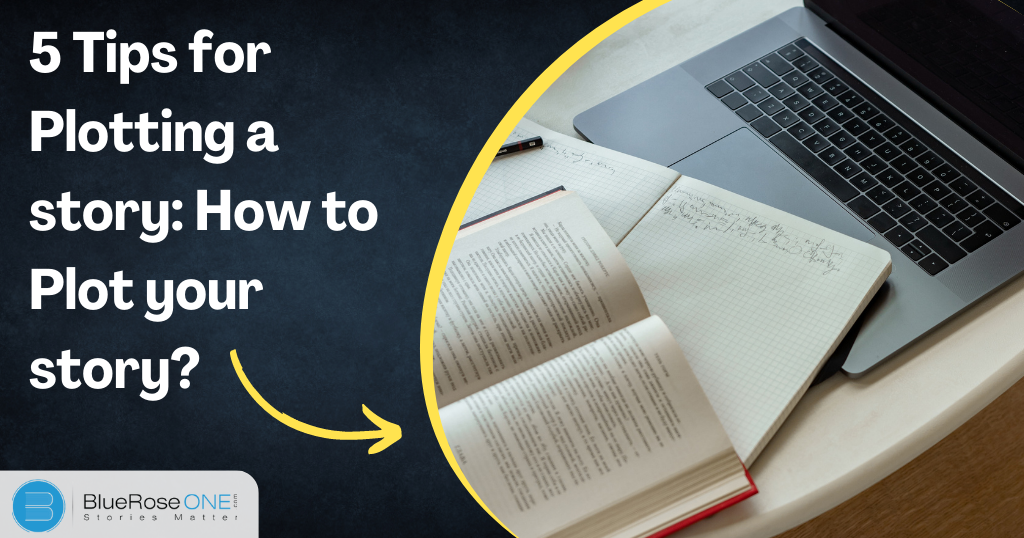Looking for how to plot your story book or how to frame structure for your book? Then this article is for you.
Stories have different styles of settings – place/time setting and structure setting. These settings help us improve our story a bit more than it already is.
Whether it is a short story or a novel – setting a proper ambience is kind of important as it makes a strong background for your story and holds every other element together.
What is Story Setting and how is it important?
Setting refers to the story’s time and place (or when and where). It is a literary element used in novels, short tales, plays, films, and so on, and is frequently introduced along with the characters during the exposition (beginning) of the plot. The setting may also encompass the story’s environment, which may include the actual location, climate, weather, or social and cultural surroundings.
Time and location can be used to illustrate the setting in a variety of ways. Time can refer to the character’s time of life, the time of day, the time of year, a time period such as the past, present, or future, and so on. The place can also refer to a specific building, a room within a building, a country, a city, a beach, a method of transportation such as a car, bus, or boat, indoors or outdoors, and so on.
A story’s setting can shift during the plot. The environment contains geographical features such as a beach or mountains, as well as climate and weather, as well as social and cultural aspects such as a school, theatre, meeting, club, and so on.

What is Plot Setting?
It is not a formula to have a beginning, middle, and end. It adds coherence to otherwise random happenings. It’s what distinguishes a story from others.
Act I: Preparation/Setup
The setup consists of introducing the characters, their tale universe, and some form of “inciting incident,” which is usually a conflict that propels us into the second act.
Act II: Confrontation or Build
The middle of your story should elevate the stakes in order to keep the audience interested. This is the meat of the story, and it frequently takes us to the character’s biggest nightmare.
Act III: Resolution or Payoff
And the conclusion should provide some sort of catharsis or resolution (regardless if the ending is happy or sad).
This setting will help structure your book even if you are a budding or expert writer. It is like each element is important. These points will help us hold together the entire character and atmos of the story.
















